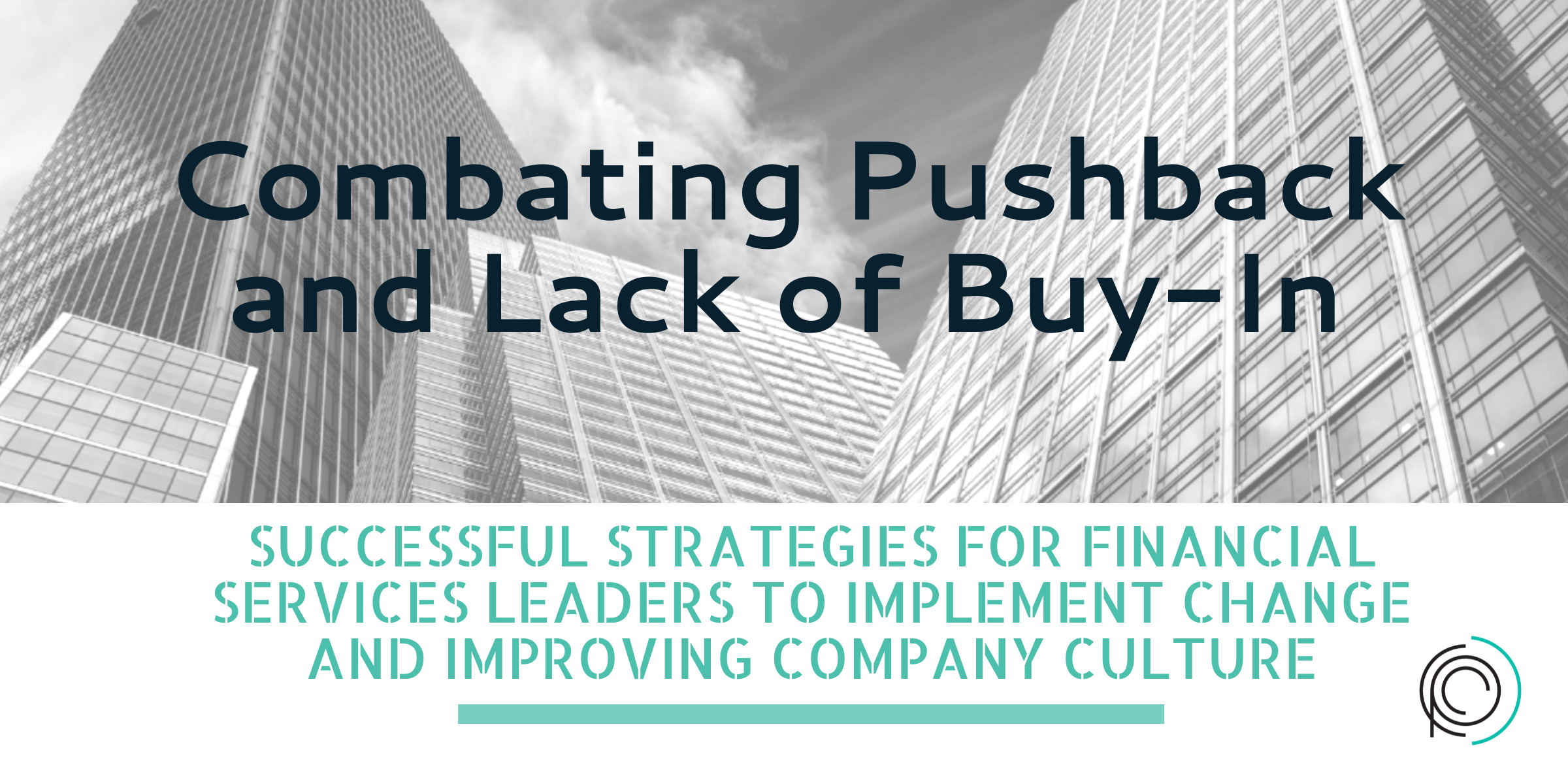Everyone works around something; whether it is an unforeseen obstacle or an expected complication. Given the warp-speed nature of business today, there is always a need to find new solutions to get quick results; particularly instead of limited available resources. As such, businesses must be resourceful and adaptive to remain competitive in the market.
The first step towards being resourceful and adaptive is to understand and accept that change is inevitable. In today’s fast-paced world, technology rapidly evolves, markets fluctuate, and consumer needs and preferences shift constantly. Businesses need to embrace change and view it as an opportunity for growth, rather than a hindrance.
To stay ahead of the curve, businesses must continuously scan the environment and gather information about emerging trends and potential disruptions. This could involve conducting market research, attending industry conferences and trade shows, and networking with other professionals in the field. By staying informed and aware of changes in the industry, businesses can anticipate potential challenges and proactively take measures to address them.
Another key aspect of being resourceful and adaptive is fostering a culture of innovation within the organization. This means encouraging employees at all levels to think creatively, share their ideas, and take calculated risks. By empowering employees to contribute their unique perspectives and ideas, businesses can tap into a diverse pool of knowledge and come up with innovative solutions to complex problems.
In addition, businesses should also be open to experimenting with new strategies and approaches. This could involve trying out new technologies, exploring different marketing tactics, or implementing unconventional business models. By being open-minded and willing to take risks, businesses can discover new opportunities for growth and stay ahead of their competition.
Moreover, businesses need to maintain a strong focus on continuous learning and development. In a rapidly changing business landscape, it is crucial for employees to constantly upskill and adapt to new technologies and methodologies. This not only benefits the individual but also adds value to the organization as a whole.
The word, “Workaround”, itself means— “to bypass/circumvent a problem, issue, or roadblock”; a definition that suggests an association with drastic and subtle measures that solve a problem quickly and cheaply. For instance;
- Entering or maintaining data in separate systems, such as a Microsoft Excel Worksheet;
- Manually performing stock takes and handwritten inventory checks;
- Entering the same information into multiple systems more than once;
- Not entering any or all of the information in one place because the system isn’t capable of doing that;
- Changing processes to contain system shortfalls;
- Building a list of customer IPs that are connected to a website in the twelve months before a significant cyber-attack, and only allowing these IPs to connect to their system. (This is a cyber-security workaround that some banks use because it will enable access for 90% of customers while blocking 99.9% of IPs involved in the attack.)
- Warehouse employees who are too far away from their desks or supervisors often use social media (like WhatsApp) for communication and coordination to support various work activities in the warehouse. i.e. contacting a colleague with immediate access to a database to cross-check inventory;
- Finally, individual employees download software solutions to help them stay organized or complete a project or task.
Where it concerns business processes, a manual workaround is typically an ad-hoc process that employees utilize to adapt and get around slow, repetitive, blocky, or unnecessarily painful tasks. These temporary solutions are generally innovative, especially since they provide an alternative method/route to achieving the same result.
Notwithstanding the apparent benefits of workarounds, the concept also carries negative implications, especially from an enterprise perspective. As you will come to see, the problem with manual workarounds is that whilst they can be well-intentioned, they most often result in dramatic process inefficiencies and technical vulnerabilities.
While the supply chain has so many moving parts both internally and externally there are cases where manual workarounds or siloed process fixes eventually negatively show up in an organization process:
- Manual Accounting and customer invoicing: this is where the company manages its books on an Excel spreadsheet and uses homegrown or paper invoicing. The perception is in some cases “I know this works; it never goes down and I never have to rely on technology to send out an invoice. The downside is you are losing money, one wrong click, one cyber-attack, or one incident where inclement weather gets the best of you and your business, and customers will pay the price. The perception to your customers is that you are dated and lack the ability to serve them in a sophisticated manner, which also indicates errors. Even the simplest of businesses still need to manage their business effectively and efficiently. The ability to pull reports and forecast is no longer for the sophisticated but for the business leader who needs to know where they are and where they are trying to go.
- Workflow Approval Processes: Typically, the norm is a lower-level proceeding. It is often reductive to wait for approval every few steps in a process, and each customer change requires one to start that process again. While there is a technology that can help streamline this process as a workaround, managers often manually or email their responses requiring the employee to manage this information manually. This strategy allows the employee to manage information manually and create the perfect environment for errors and missed information. It also puts the manager in a scenario where micro-managing their team is the expectation which is both tedious and off-putting.
What are the costs?
Manual workarounds exist in every industry including the supply chain. According to Edge Research, half of the companies engaged in manufacturing still use manual workarounds for monitoring changes, exceptions, and disruptions to their supply chain and plan activity. That means companies still haven’t adopted the proper technology to manage most of their business and are still using things like Excel to manage key components of their business. Let that sink in. An astounding 47% of AP professionals also consider manual workarounds for data entry and inefficient processes their biggest challenge. In insurance, manual processes are the top or #1 efficiency challenge for CFOs.
The adverse effects of these manual workarounds lie mainly in their potential to quickly go from being a temporary fix for an emerging problem to being the unofficial new business process. Thus, this makes a beneficial workaround capable of masking issues creating messy processes and providing a solution.
Organizations that end up relying on these menial workarounds for repetitive and mundane tasks can find themselves impacted negatively in some of the following ways:
- Reduced productivity,
- Decreased nosiness efficiency;
- Slow Customer Responsiveness;
- Data entry errors;
- Increased labor and maintenance costs;
- Inconsistent Workflows;
- Increased compliance risks;
- Distorted visibility into processes;
- Lack of business elasticity;
- Variations and errors within critical tasks
- Decreased customer satisfaction;
- Decreased revenue.
For more than the above-listed reasons, it is crucial to identify workarounds, their triggers, and a path to fix them so that workarounds have an end date and processes can be optimized. Here’s how to Fix Costly Workarounds
Since workarounds are merely temporary fixes in lieu of a bigger problem, the simplest way to shed the costs is to address the problem itself. In our experience, the following are great ways to uncover workarounds and the damage they cause;
Business Process Improvement Assessments:
These “BPI” assessments force organizations to answer the questions “why” and “how”. The checks look at end-to-end processes and their relationships and interactions with other processes. The goal is to isolate inefficiencies by uncovering significant operational performance gaps rather than only the symptoms of problems.
By commissioning experts to carry out these assessments, inefficiencies are soon spotted. After all, inefficiencies are often easier to see when processes are examined by outside parties who are not ingrained in the existing way of doing things. By questioning current processes and procedures, these outside stakeholders can often identify workarounds — and the originating problems that birthed them— to recommend improvements to the related processes accordingly.
Robotic Process Automation (RPA):
This involves deploying cutting-edge, cost-effective technology that automates time-wasting, repetitive, manual tasks. RPA uses software robots and intelligent business rules to mimic the actions employees take while performing tasks within applications. In essence, your employees work side by side with a digital workforce.
Fortunately, RPA can be deployed for virtually any business activity involving users, data, and systems. From Transportation and Logistics to Insurance According to this study, “a typical rules-based process can be automated by 70-80%”.
Smartly leverage and eliminate Manual Workarounds with Technology and Process Stack Mapping.
Technology and process stack mapping is another surefire way to eliminate the costs of manual workarounds in your supply chain. As the name suggests, it does this by documenting information on the various technologies and processes deployed by/amongst subsidiaries, suppliers, and individuals involved in the company’s supply chain.
The result is a digitally accessible, interactive global map of your supply network. Shipments, Ports, Depots, and all sources used in your operation will be mapped. But even more importantly, stack mapping gives you access to a clear bare-bones structure of your entities, functions, and processes. As a result, you are better equipped to;
- Discover and leverage the elements that most affect your work and cash flows;
- Analyze, understand, and streamline supplier relationships, costs, and business risks;
- Identify where value is being added or lost in your operation;
- Strengthen your supply chain by using a better understanding of your business ecosystem to bolster relationships and close deals;
- Mitigate the impact of risks before they happen;
- Track the flow of information and data.
Finally, it is important to state that thinking of technology and process stack mapping as a standalone solution rather than as an essential lever amongst other technological solutions will limit how you unlock strategic value. Instead unearthing real and sustained solutions will frequently depend on consulting with experienced experts, we’re happy to talk through how we can help you address the root cause. Contact one of our experts for a no-obligation consultation.







